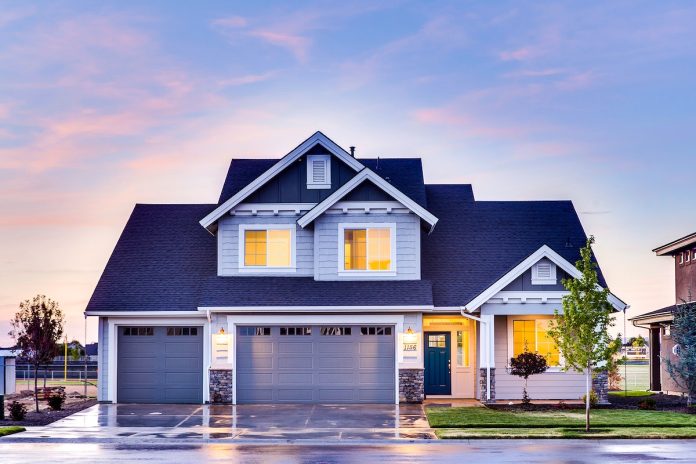In recent years, Tanzania has witnessed a significant rise in modern housing developments. This trend can be attributed to several factors, including population growth, urbanization, and changing lifestyles. In this article, we will explore the trends and developments in modern housing in Tanzania and the implications of this trend for the country’s future.
Population Growth and Urbanization
Tanzania is one of the fastest-growing countries in Africa in terms of population. According to the United Nations, the country’s population is projected to reach 137 million by 2050. This rapid population growth has put a strain on the country’s housing sector, with demand far outstripping supply.
In addition to population growth, Tanzania is also experiencing a rapid process of urbanization. According to the World Bank, the urban population in Tanzania has increased from 4 million in 1990 to 21 million in 2020. This trend is expected to continue, with the urban population projected to reach 37 million by 2050.
The rise of modern housing in Tanzania can be seen as a response to the growing demand for housing in urban areas. Developers are building new housing units to meet the needs of the growing urban population. These modern housing developments are designed to meet the needs of modern urban lifestyles, with amenities such as swimming pools, gyms, and shopping centers.
Changing Lifestyles
Another factor driving the rise of modern housing in Tanzania is changing lifestyles. As the country becomes more urbanized, lifestyles are becoming more modern and westernized. Tanzanians are increasingly adopting a consumerist culture, with a desire for modern amenities and conveniences. If you are planning to visit this place, you can check out for visa by clicking here.
Modern housing developments in Tanzania are designed to cater to these changing lifestyles. Developers are building homes with modern designs and features such as open-plan living spaces, modern kitchens, and en-suite bathrooms. These homes are designed to be more spacious and comfortable than traditional homes, with larger bedrooms and living areas.
Affordability
Despite the growing demand for modern housing in Tanzania, affordability remains a key issue. The majority of Tanzanians are low-income earners, and many cannot afford to buy or rent modern homes. As a result, many developers are focusing on building affordable housing units that cater to low-income earners.
Affordable housing in Tanzania is typically designed to be smaller and more compact than luxury homes. These units are designed to be affordable, with prices ranging from $20,000 to $50,000. Developers are working with the government to provide financing options to help low-income earners purchase these homes.
Sustainability
Sustainability is becoming an increasingly important consideration in modern housing developments in Tanzania. As the country becomes more urbanized, developers are seeking to build homes that are environmentally sustainable and energy-efficient.
Green building practices are becoming more popular in Tanzania, with developers using sustainable building materials and incorporating energy-efficient features such as solar panels and rainwater harvesting systems. These features not only reduce the environmental impact of the homes but also help to reduce the cost of utilities for homeowners.
Challenges
Despite the growth in modern housing developments in Tanzania, there are still several challenges that need to be addressed. One of the main challenges is affordability. As mentioned earlier, the majority of Tanzanians are low-income earners, and many cannot afford to buy or rent modern homes. The government and developers need to work together to provide financing options and subsidies to help make modern homes more affordable for low-income earners.
Another challenge is the lack of infrastructure in many urban areas. Many modern housing developments are built in areas that lack basic infrastructure such as roads, water, and electricity. Developers need to work with the government to ensure that the necessary infrastructure is in place before building modern housing developments.
Apart from this, if you are interested to know more about Environment then visit our CLEANING category.
















